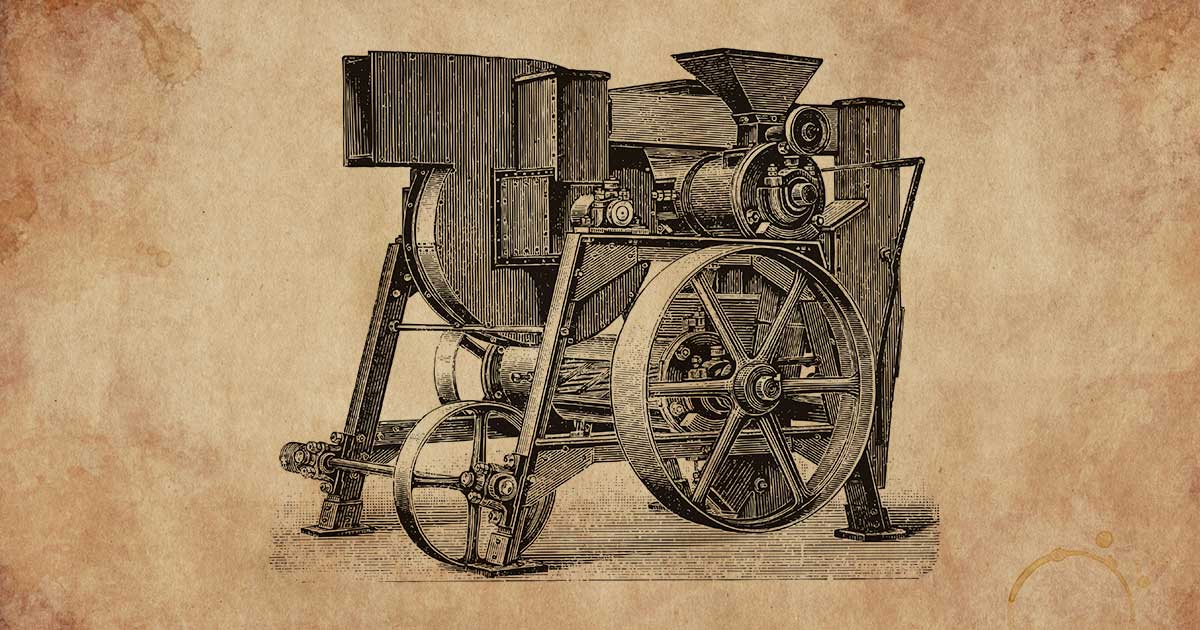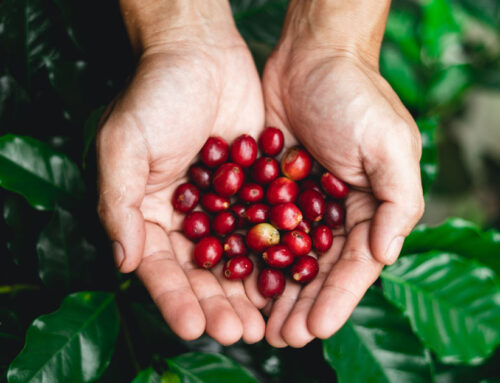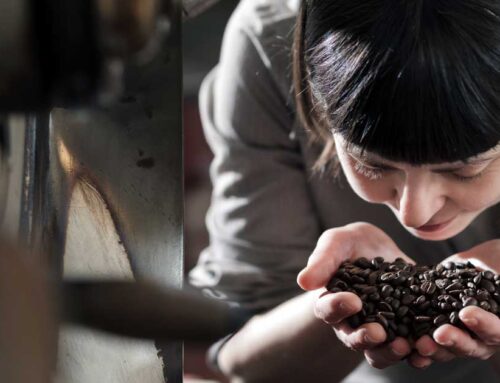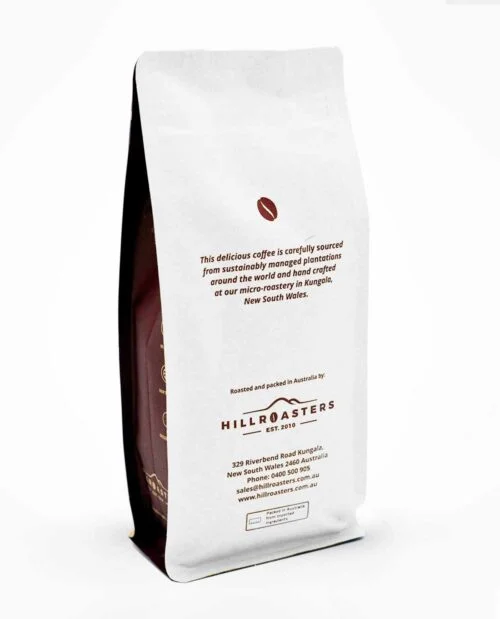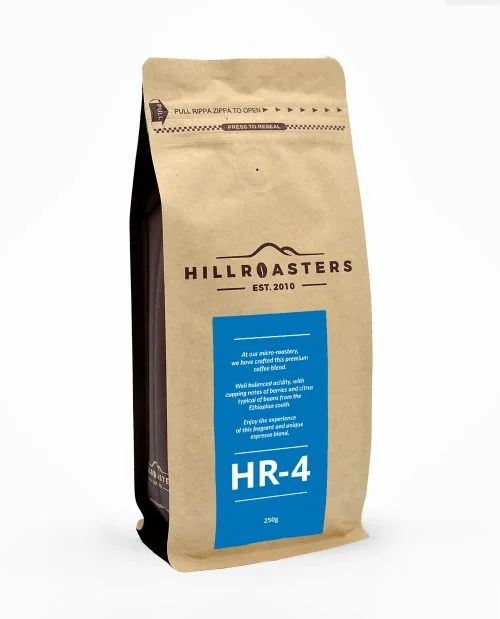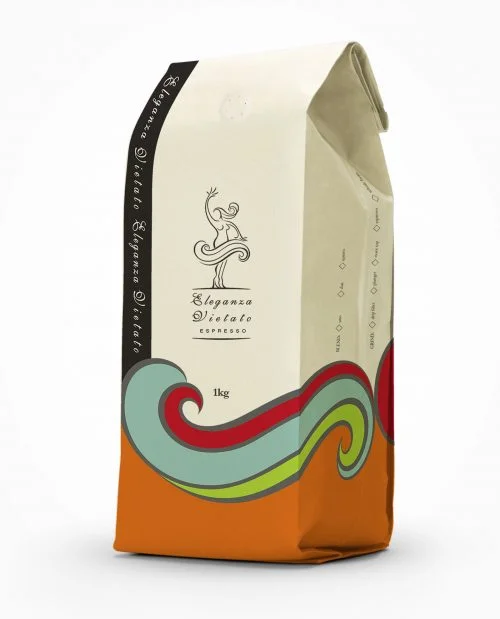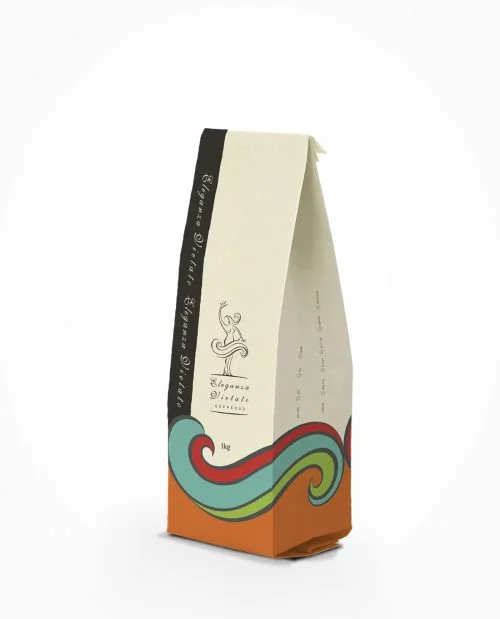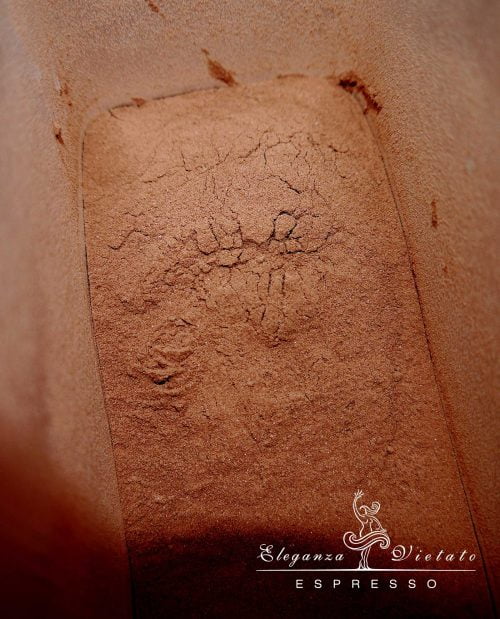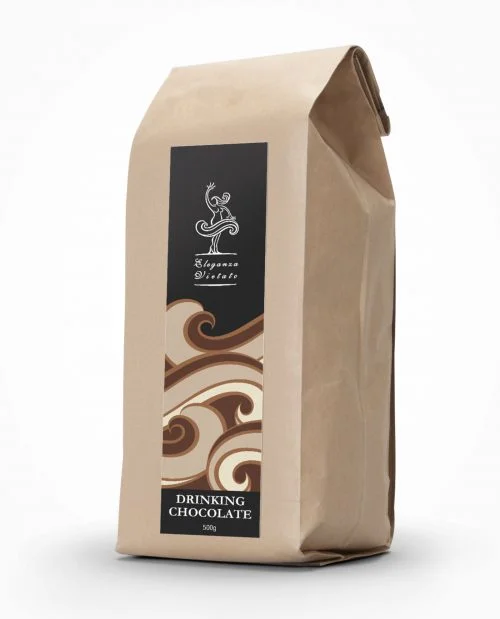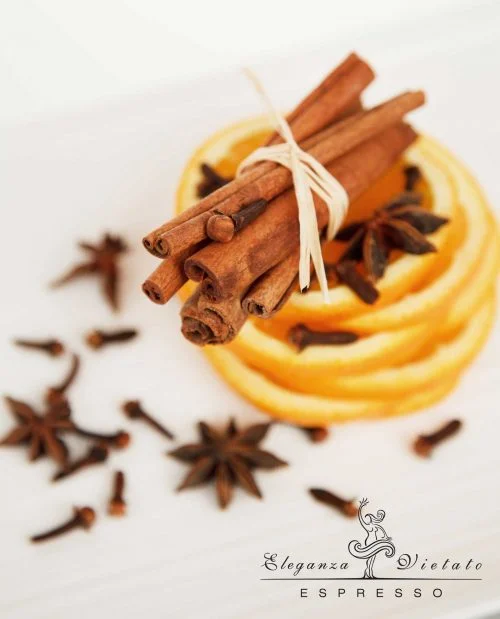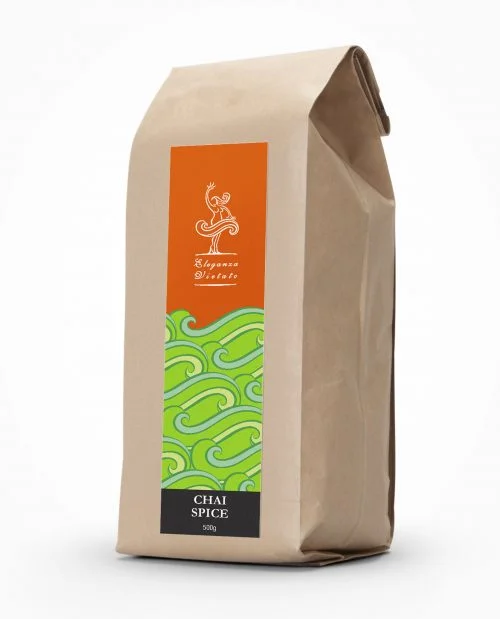Coffee is by far one of the most popular beverages in the universe, but what of it’s history back here on Earth? Well that dates back centuries and is as rich and fascinating as the drink itself.
The coffee plant, Coffea (of the family Rubiaceae), is believed to have originated in Ethiopia, and was first cultivated there in the 9th century. Legend has it that a goat herder named Kaldi noticed that his goats became lively and energetic after eating the berries from a certain tree. Curious, Kaldi tried the berries himself and found that he too felt more alert and awake. Back then the coffee beans were initially consumed in the form of a tea, but it wasn’t until the 13th century that roasted coffee beans were first brewed as a beverage.
From Ethiopia, coffee then spread to the Arabian Peninsula, where it was grown and processed on a large scale and by the 15th century it had become a major trade commodity with primarily Arab traders couriering it to other parts of the world. This lead to a proliferation of coffee houses which became popular gathering places for socializing and conducting business where coffee also became associated with intellectualism and enlightenment.
Coffee cultivation has since spread to other parts of the world, including Europe, the Americas, and Asia. Because the coffee plant thrives in tropical climates, today it is grown in over 70 countries around the world and the different regions and climates that its grown in produce beans with distinct flavors and characteristics.
So, coffee beans grown in South America are known for their mild and nutty flavor, while beans from Africa are typically more fruity and floral. Indonesian coffee is known for its earthy, spicy flavor, while beans from Central America are generally more balanced and a bit more acidic in flavour.
The actual taste of coffee is effected by a number of factors too; including the altitude, soil type, as well as climate of the region in which it is grown. High up and cooler temperatures can produce a more complex flavor, while warmer climates can lead to a purer coffee taste. Soil type also plays a big role, with volcanic soil producing beans with a distinct and arguably more desirable taste.
In addition to geography, the processing also plays a significant role. Beans that are washed and sun-dried typically have a brighter, cleaner flavor, while beans that are dried with the fruit still on can have a fruitier taste.
Of course we all know how we each like it when it’s in the cup. From espresso, cappuccino, and iced coffee to short crema rich black and many more. Take your pick!
The fact remains that the history of coffee cultivation, production and consumption spans several centuries and it has had major impacts on cultures and societies the world over.
Sources:
- History of Coffee. National Coffee Association. https://www.ncausa.org/About-Coffee/History-of-Coffee
- Geography Teachers Association of NSW. https://www.gtansw.org.au/files/geog_bulletin/2017/4_2017/06_GTA%20NSW%20Bulletin_Issue%204_2017_Coffee%20Biomes.pdf

